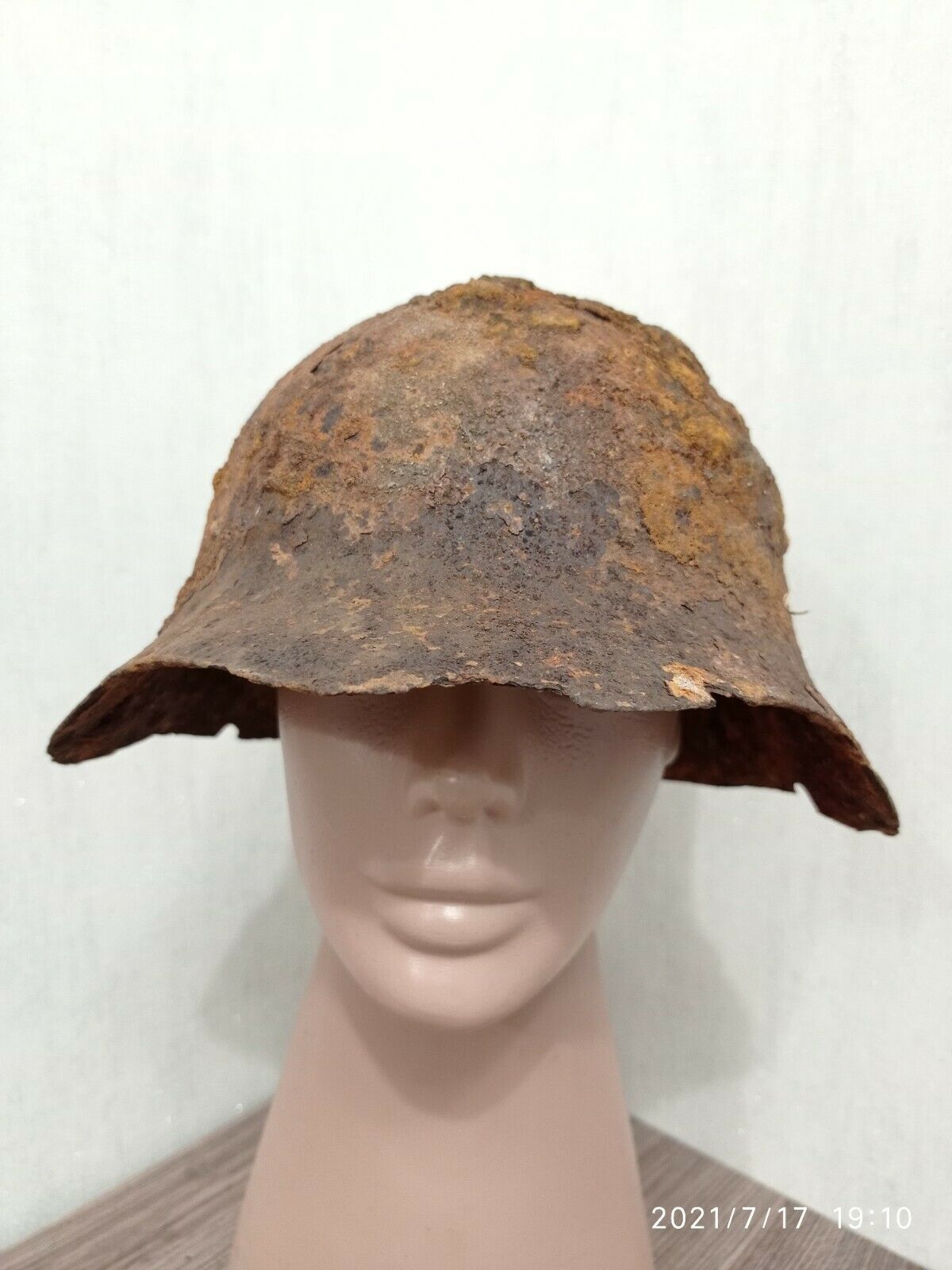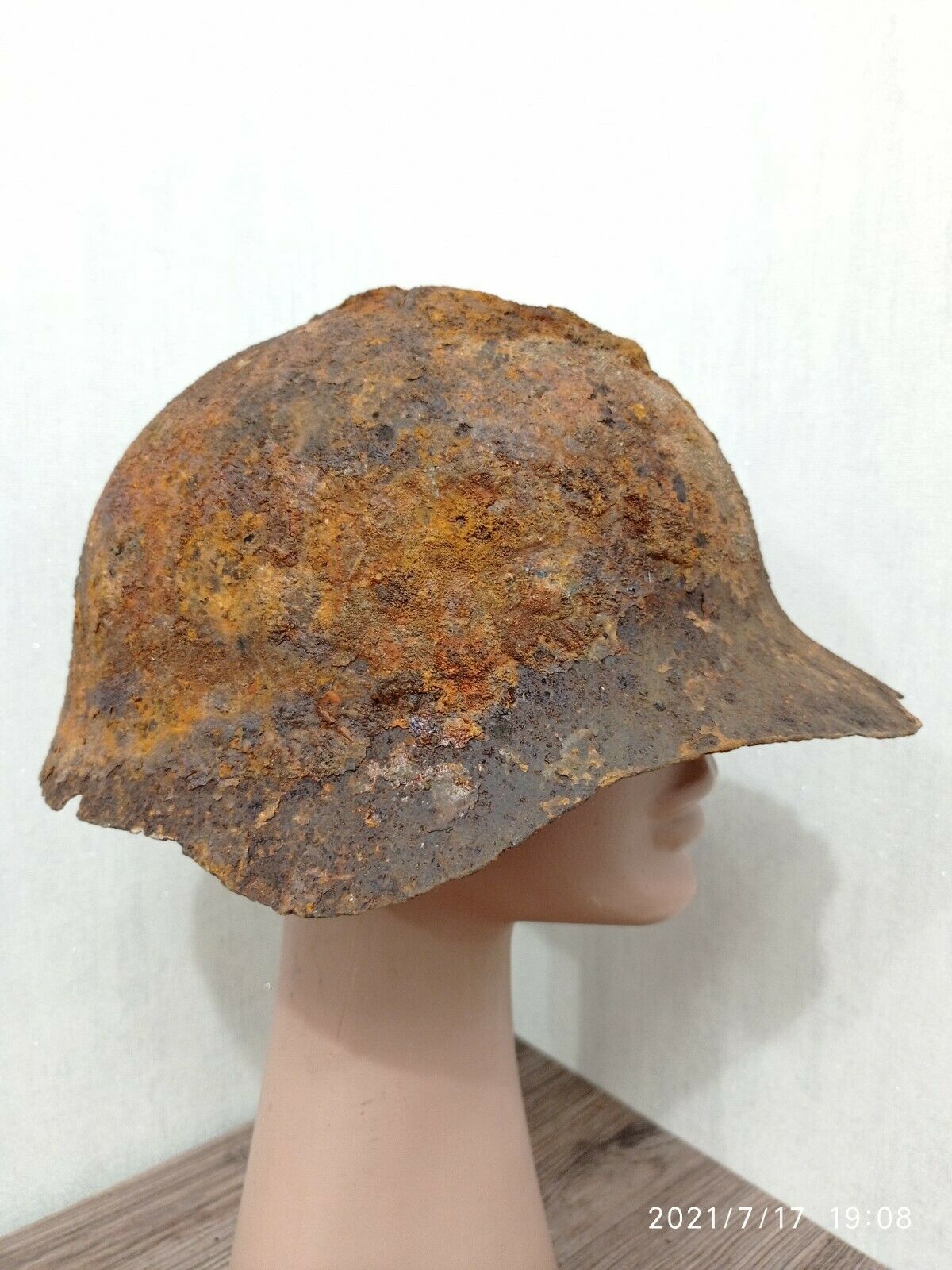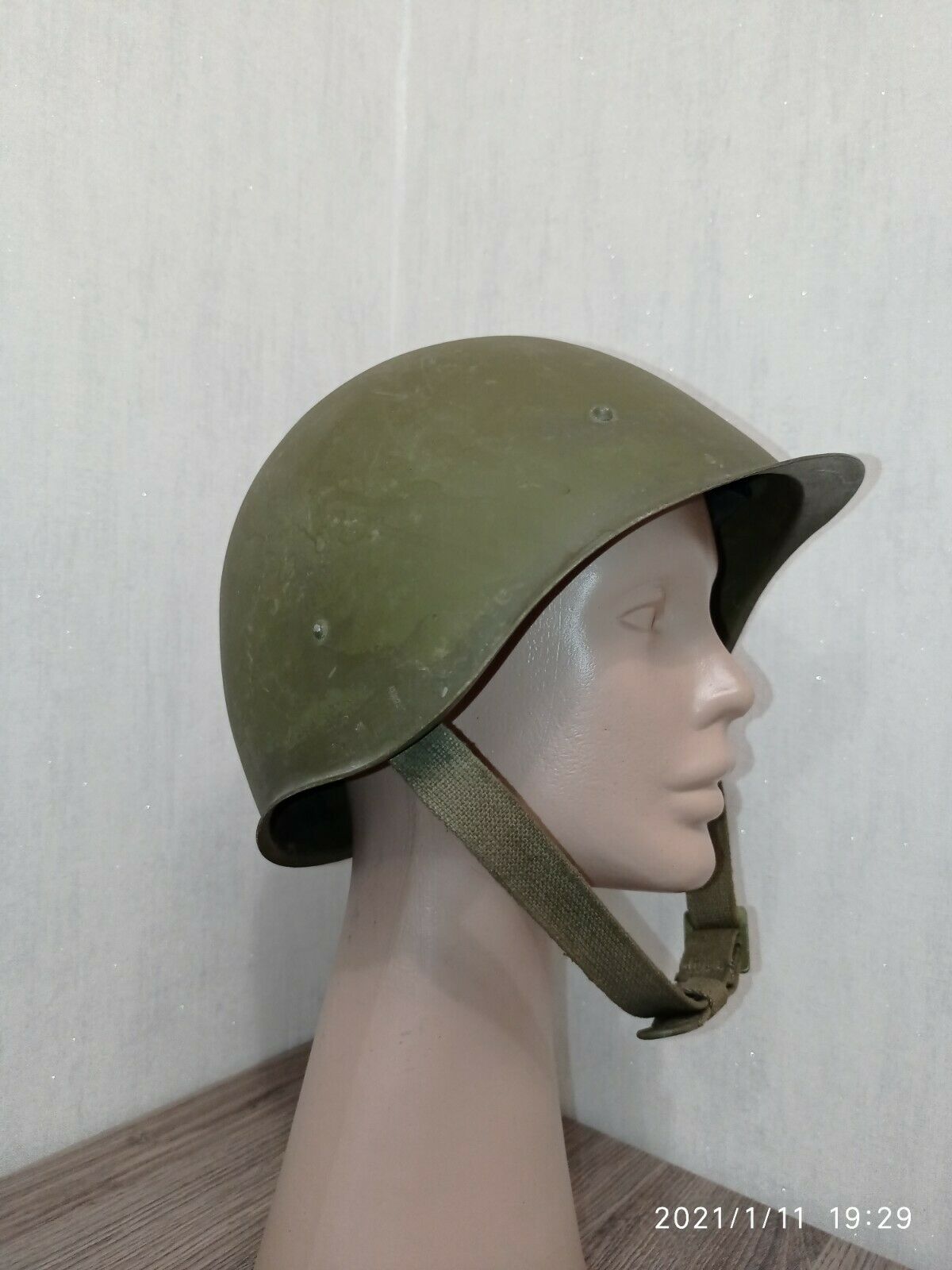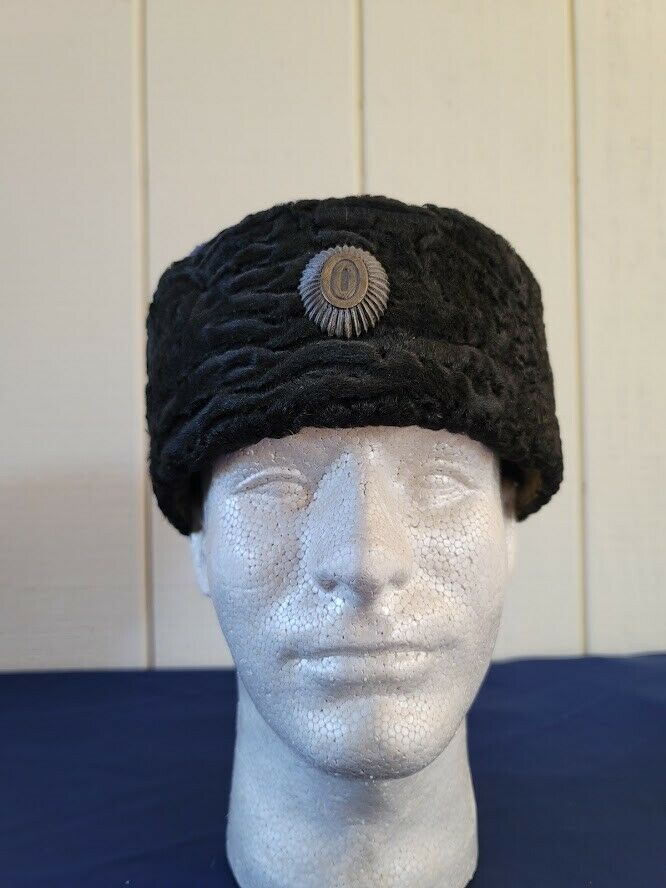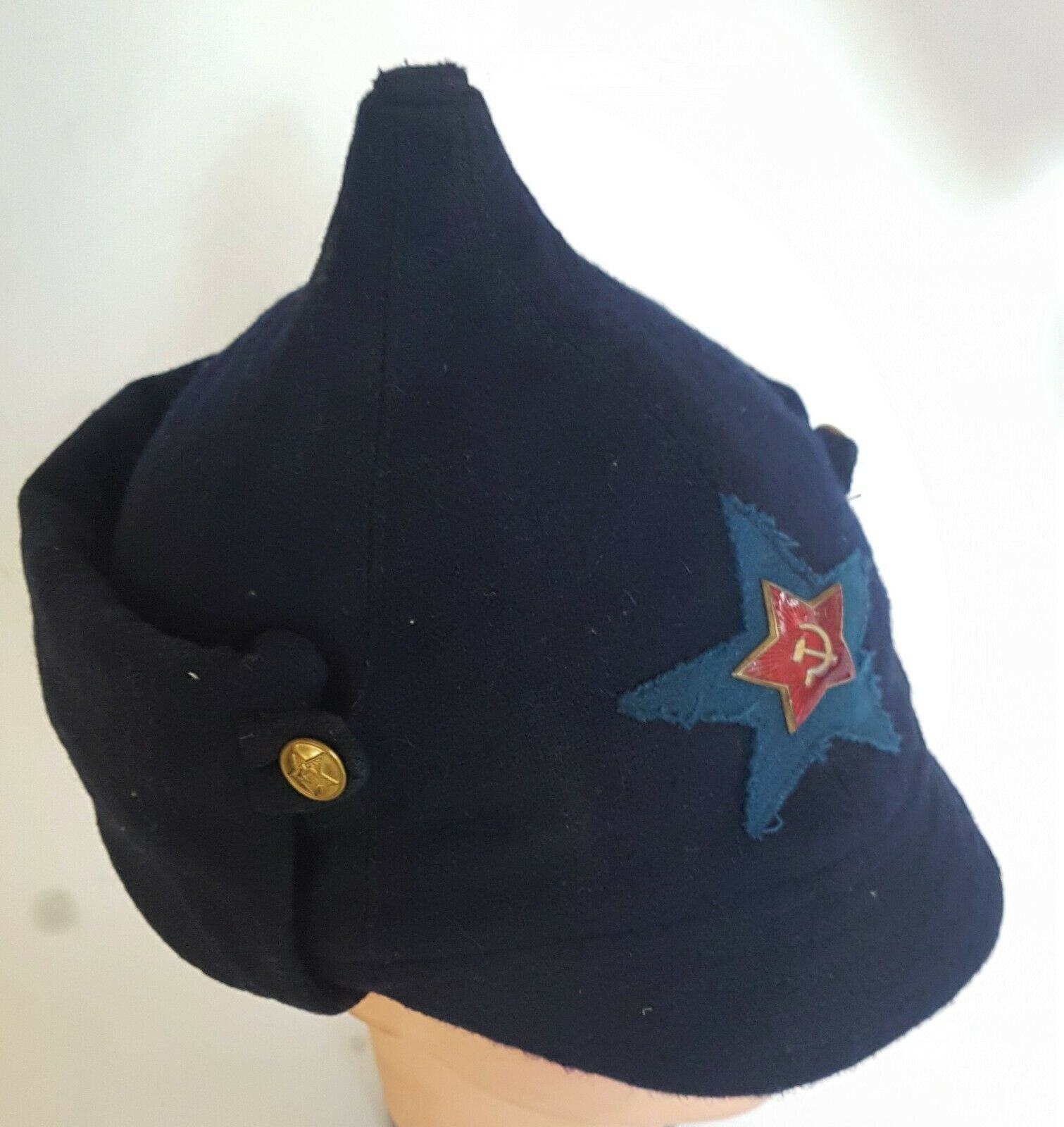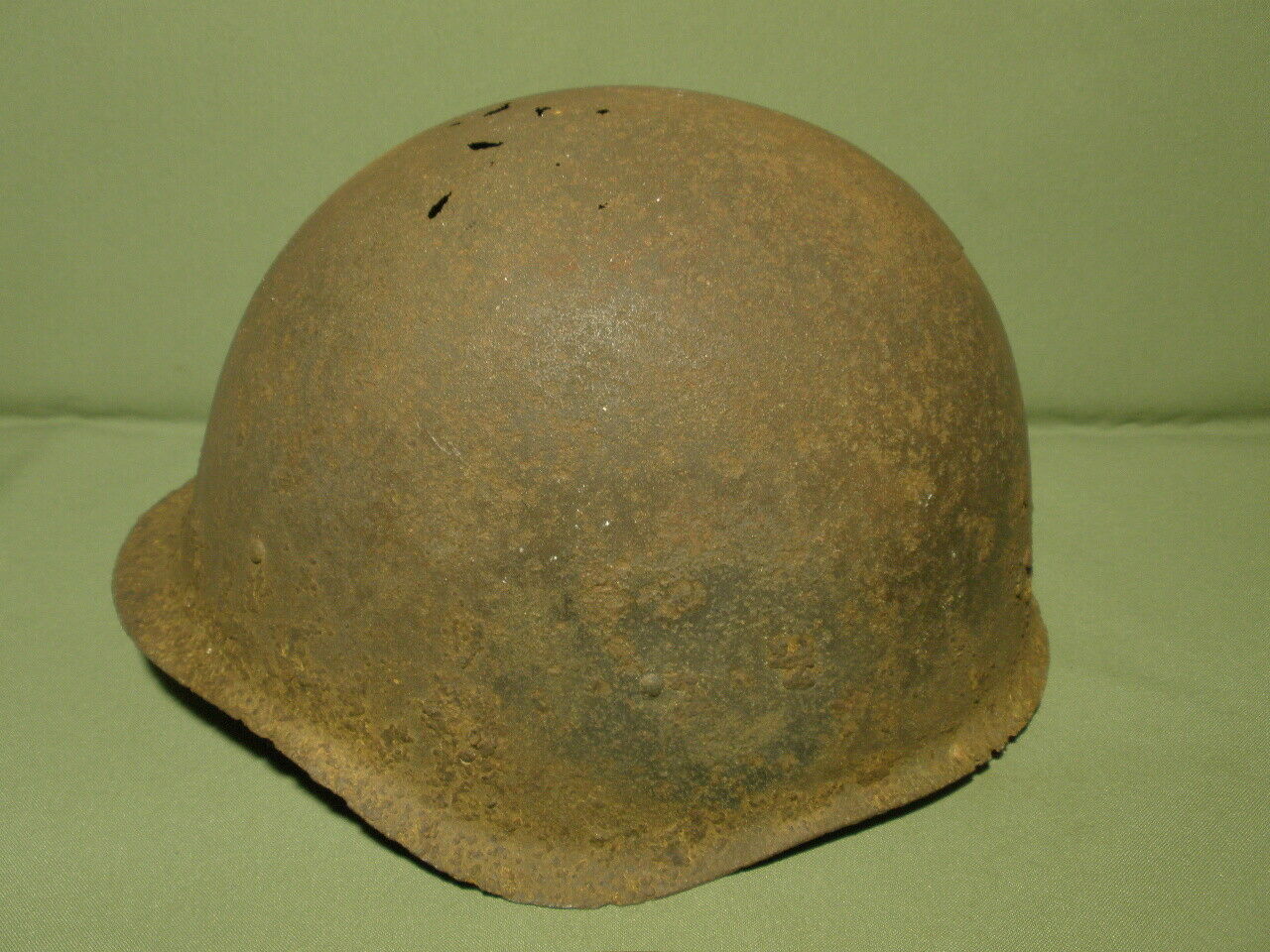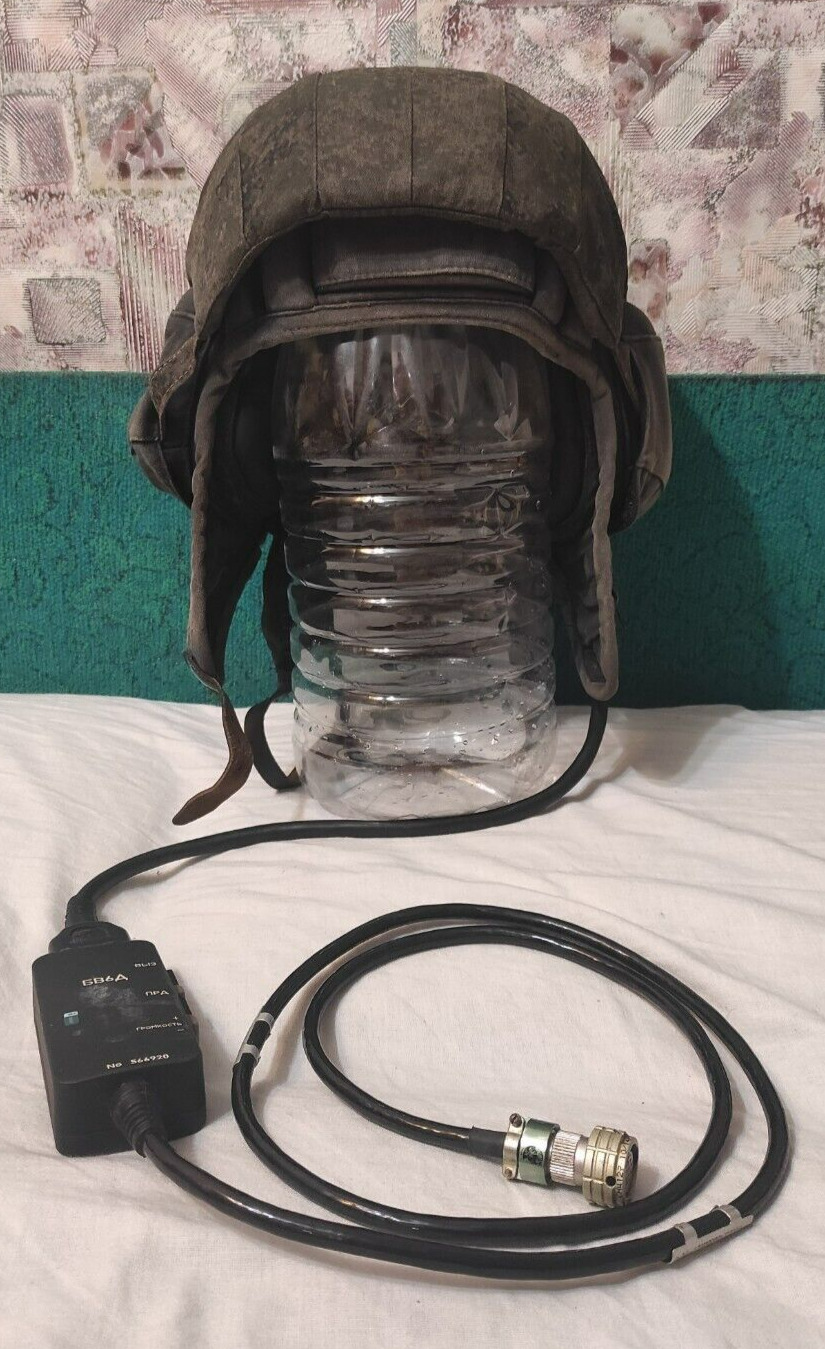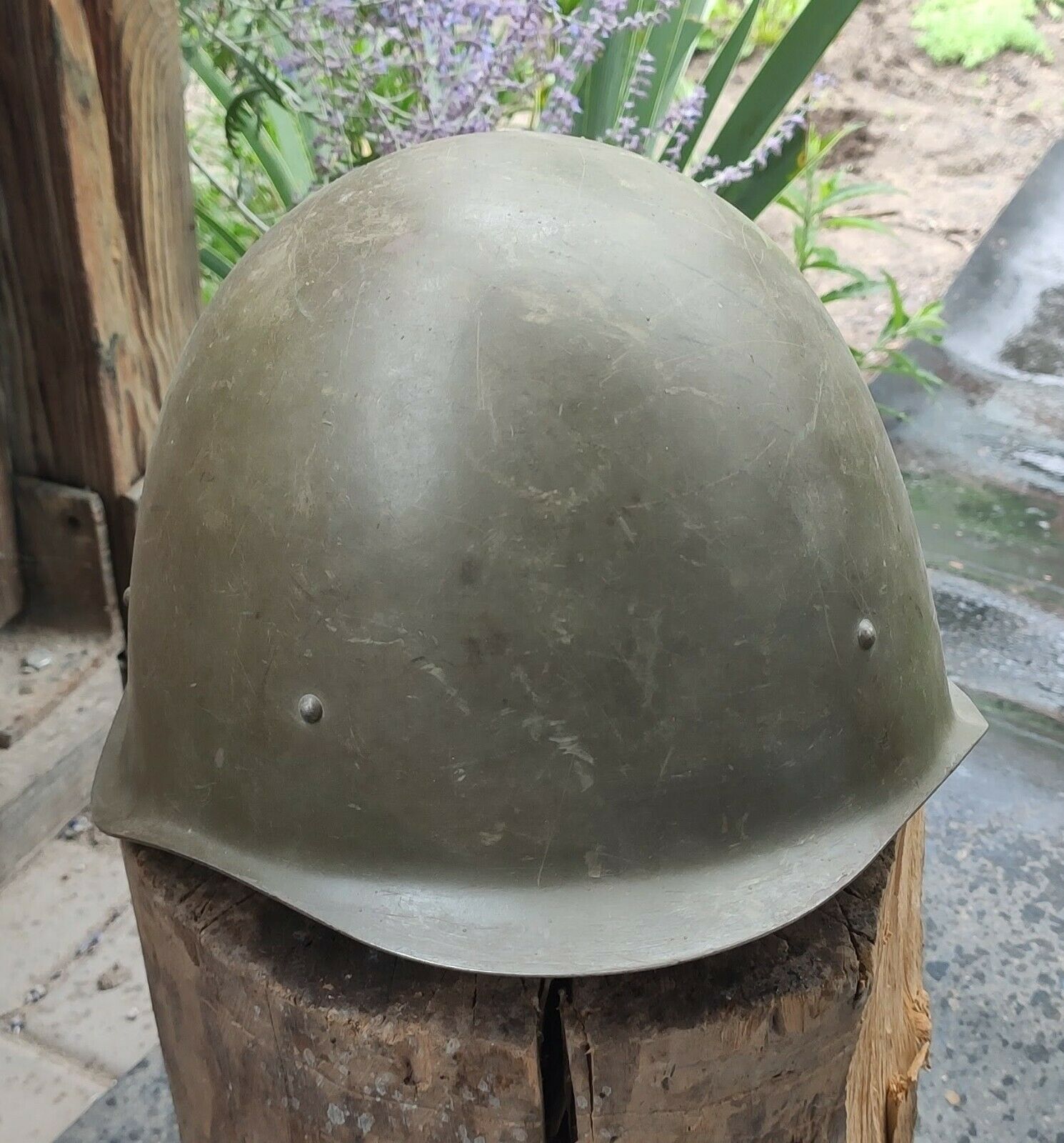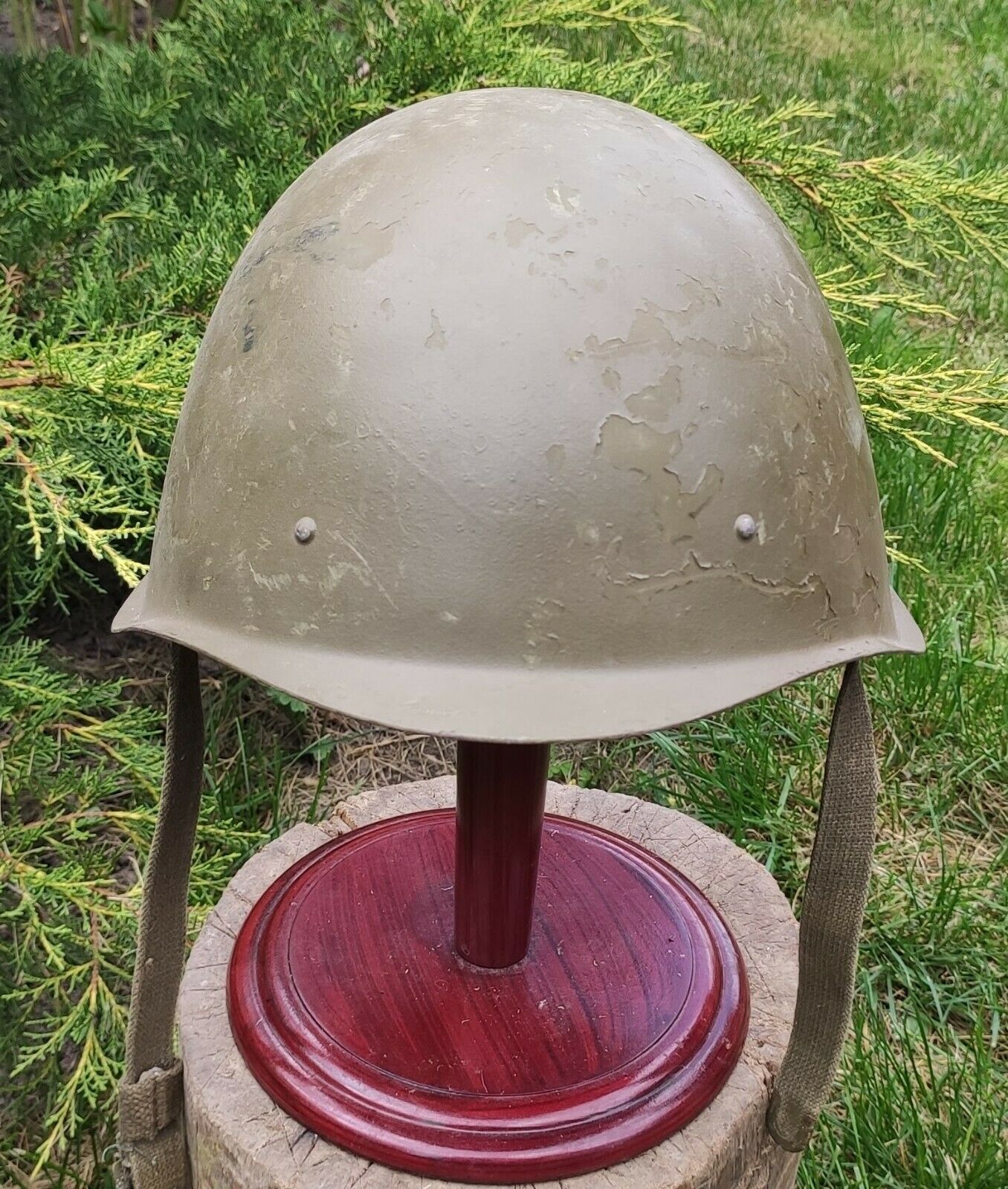-40%
Soviet WWII Russian Combat Steel Helmet SSH36 Rare 1936 Original
$ 23.76
- Description
- Size Guide
Description
A steel helmet of the model of 1936 SSh-36 or a "khalkhingolka" or "khasanka" helmet was adopted by the Red Army in 1936. Sometimes the helmet is called "Eared". According to legend, S.M. Budyonny influenced its design: to protect the fighter from sabers, wide ear fields were provided to deflect the blow to the side.The first baptism of fire was given to SSh-36 in Spain, where in 1936-1939 there was a civil war. In Spain, helmets were supplied as military aid to the Republicans. Then in 1938 in the Far East on Lake Khasan, when the Japanese troops decided to occupy the Zaozernaya hill, 150 km from Vladivostok. Perhaps they began to miss parts of North China and Korea, and they decided to plant the Japanese flag on the territory of the USSR, but this is another story. As a result of the battle, the Japanese troops left the hill after being defeated. Attached is a photo of the USSR flag at the top of the hill.
After the defeat at Lake Khasan, the Japanese troops decided to "squeeze" part of the territory from Mongolia, which was already part of the USSR. So in the summer of 1939, Japanese troops, supported by tanks and aircraft, entered Mongolia for 40 km. Thus began a four-month full-scale war for Soviet Mongolia. On both sides in the military
More than 100,000 soldiers participated in the conflict. The Japanese were defeated. And the name "Khalkhingolka" was received precisely during this war, when all Soviet troops were dressed in SS-36 in the border area of the Khalkhin-Gola river.
After the baptism of fire in the area of the Khalkhin-Gola river, SSh-36 had to experience the Finnish frosts during the Winter War and the capture of Western Ukraine and Belarus.
The Halhingolka was the main helmet before the start of World War II and was supposed to replace the outdated Adrian M1916 and Sohlberg M17 helmets.
SSh-36 became the first domestic helmet, which began to be mass-produced for the needs of the army. The helmet was made of steel 1.1 mm thick and hung 1200-1300 grams. The weight depended on the size, there were 4 sizes of helmets and 8 sizes of comforters (from 53 to 60). The liner was borrowed from the Schwartz M-30 helmet, which was not adopted for service. The liner was made of fabric with an adjustable drawstring. Inside the liner, there were aluminum strips that served as shock-absorbing functions and provided additional ventilation. With the help of three rivets, the helmet was attached to the comforter in the area of the aluminum tape. The chin strap for the helmet was made of leather or fabric, and their length was adjusted using square buckles. There is a small ridge on the top of the helmet, under which there is an air vent. SSh-36 "halhingolka" was painted dark green.
After the practical use of the SSh-36 "khalkhingolki" during the hostilities, it turned out that the wide fields for protection from the saber on which S.M. Budyonny created the effect of a "sail", and the visor reduced the view of the soldier. Also, the protective properties of the helmet from bullets and shrapnel left much to be desired.
SSh-36 "halhingolka" ended its combat path in September 1945 with the surrender of the Japanese army.
WARNING!!! Attention !!!
The helmet is bent to the right (symmetry is broken).
You buy what you see in the photo 4,5,6,7,8,9,10. This product is not new! Look carefully at the product photo. I try to show all the shortcomings of the product as much as possible! If you have any questions, please contact me and you will receive clear answers and product photos.
